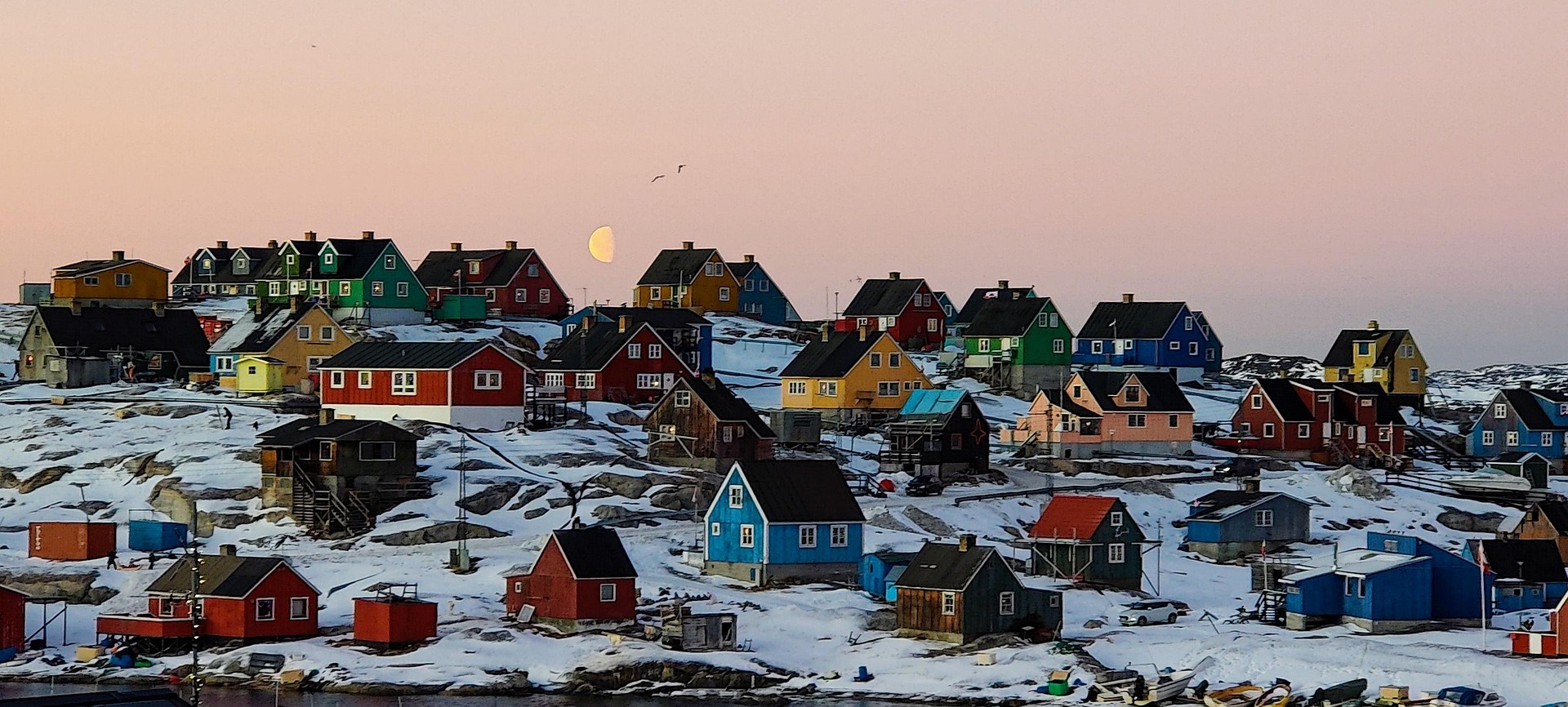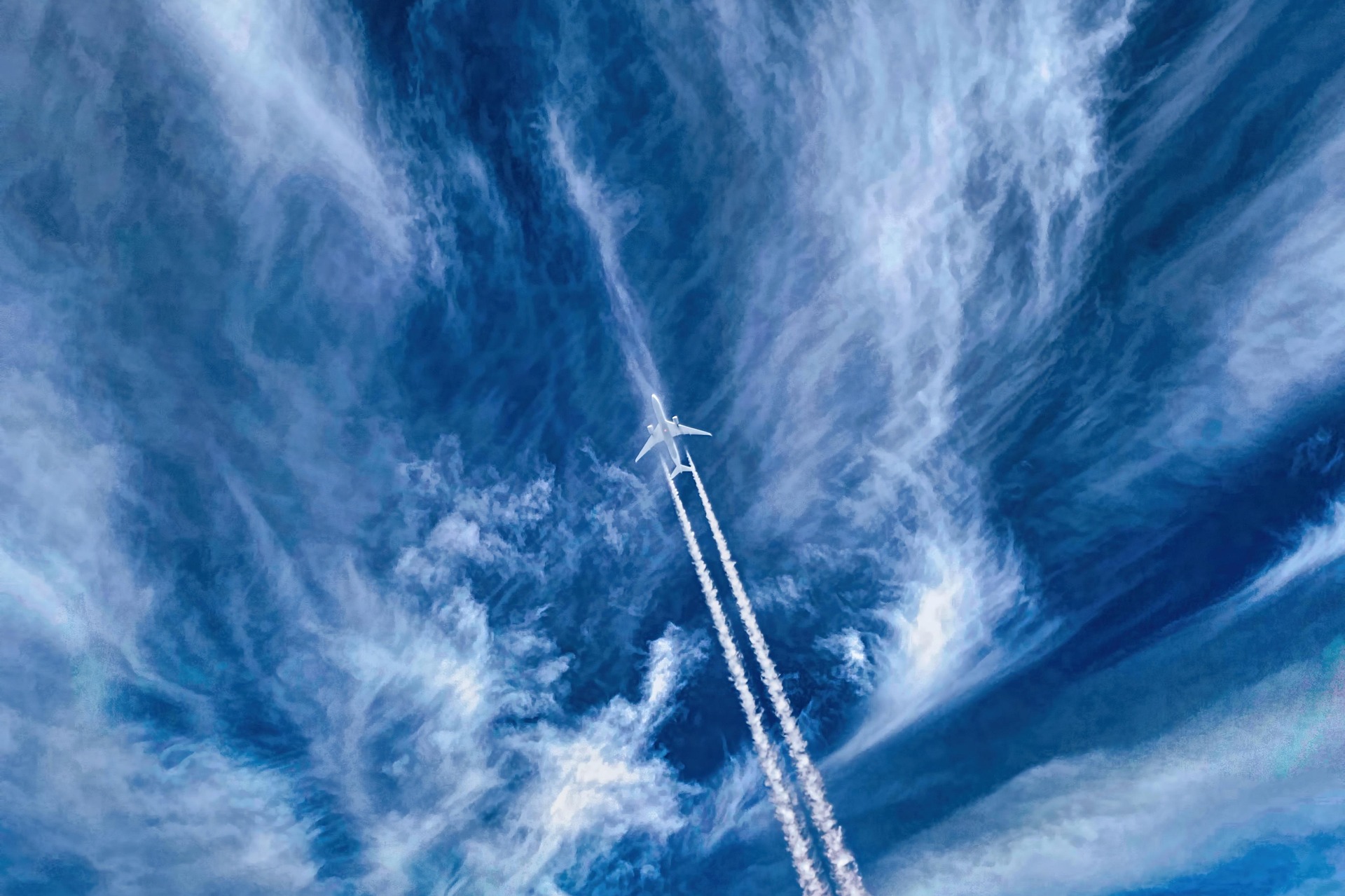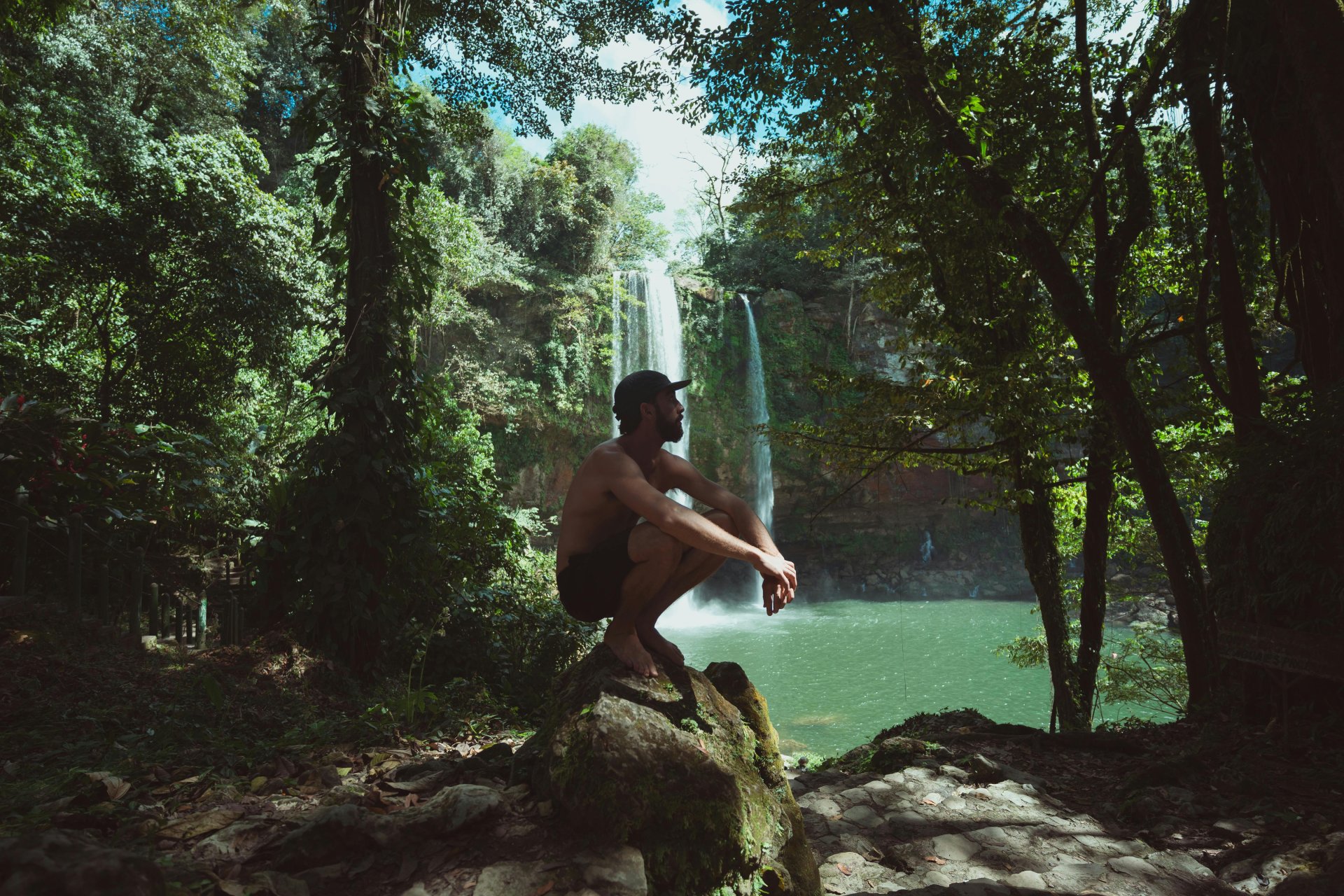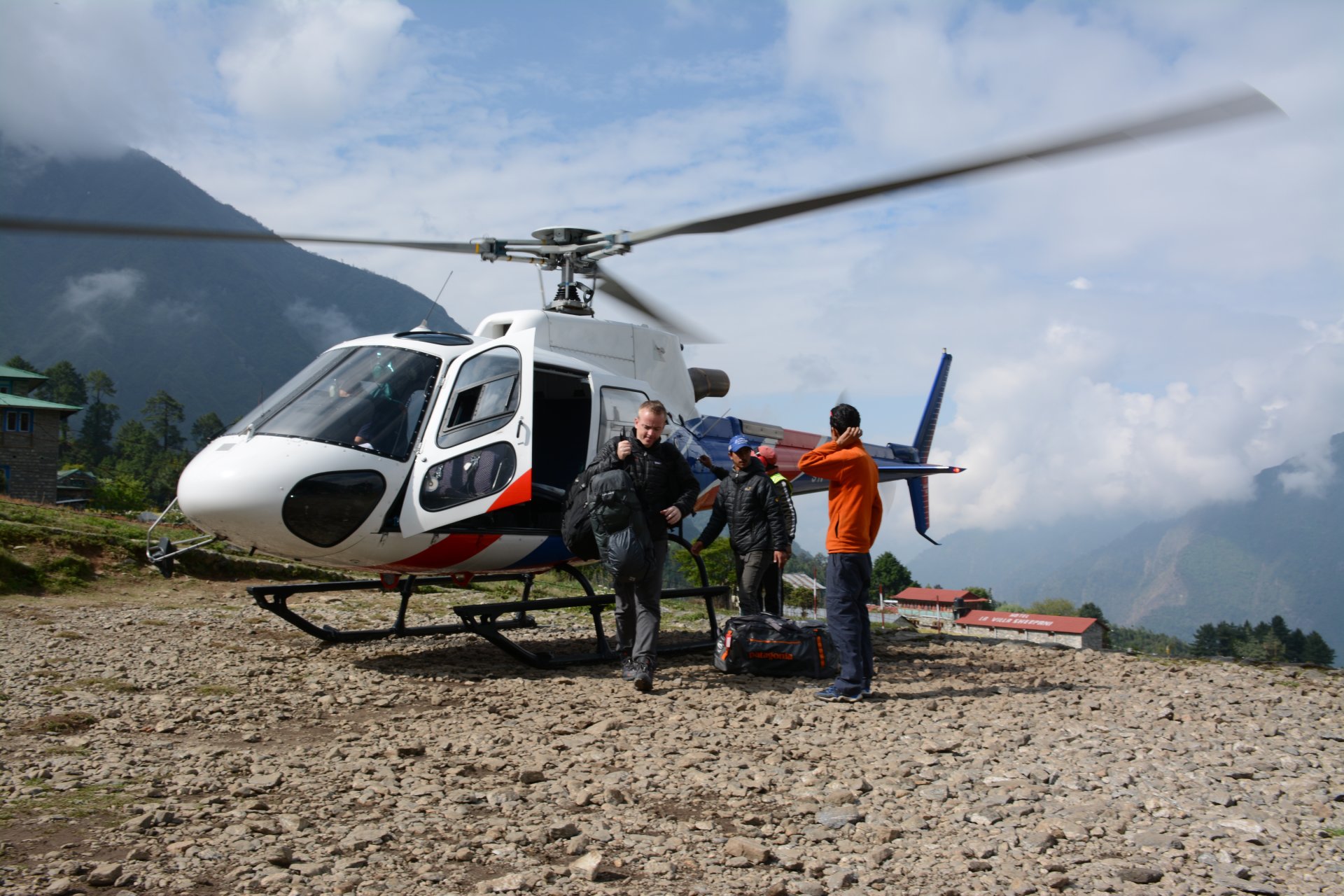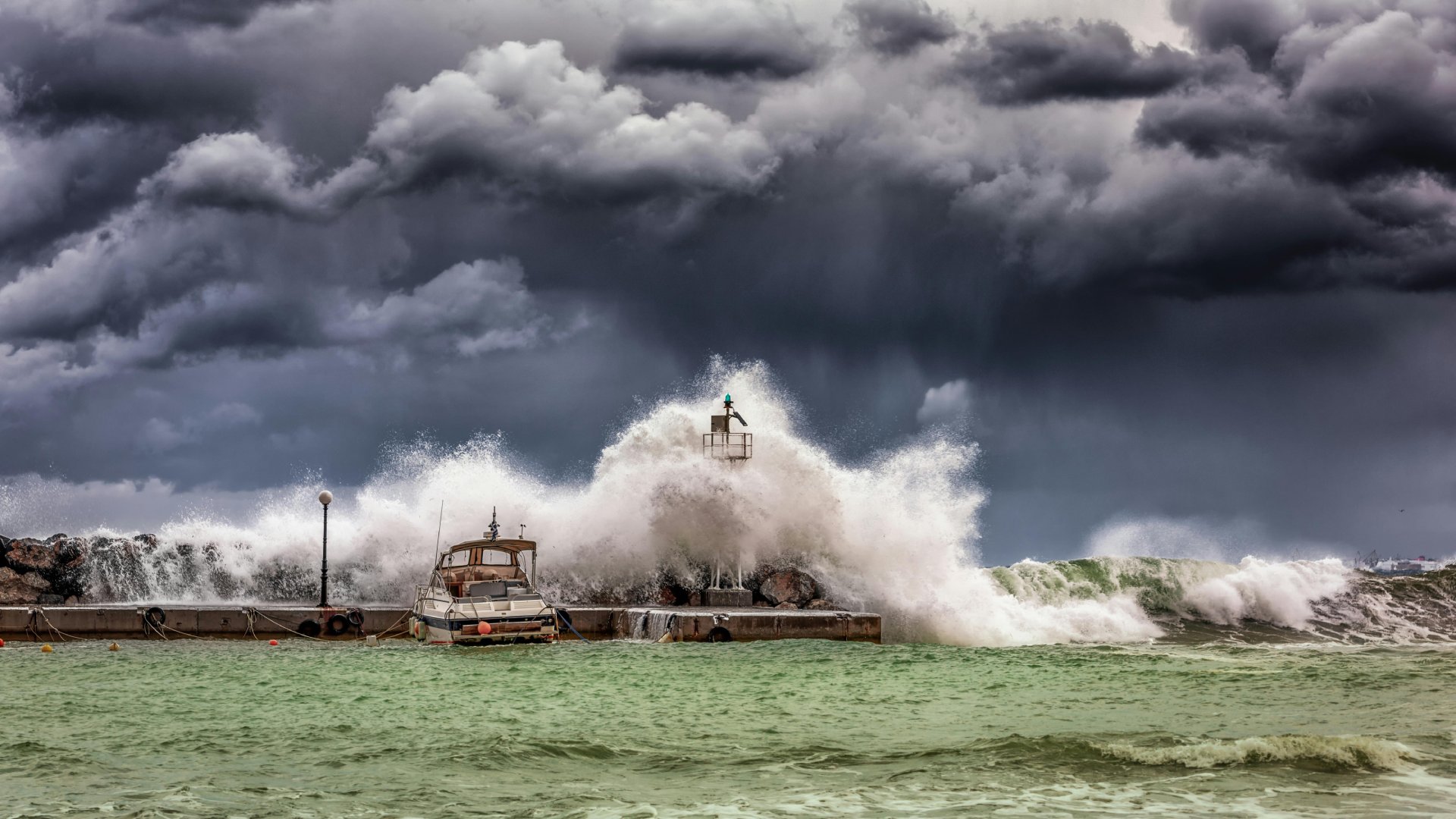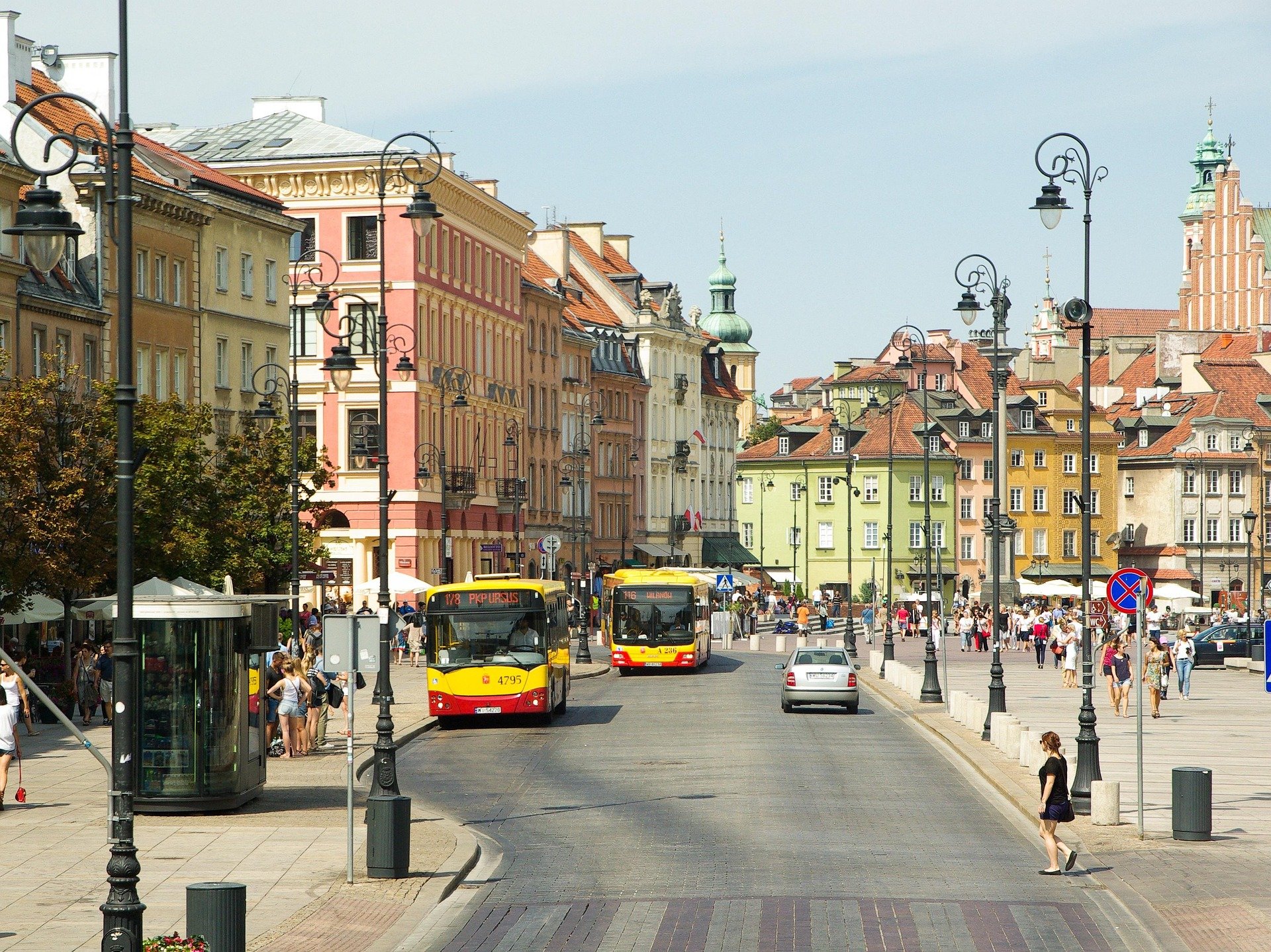Article Highlights
- Greenland has a low security risk but moderate health risks due to its remote nature and extreme weather conditions.
- Medical facilities in Greenland are limited outside Nuuk, and air evacuation may be necessary for serious injuries.
- Hypothermia and other cold-related health issues are common risks due to the Arctic and subarctic climates.
- Travel protection memberships, such as Global Rescue, can provide critical medical evacuation and field rescue services.
- Water and food safety are essential; travelers should avoid unpasteurized products and unfiltered water.
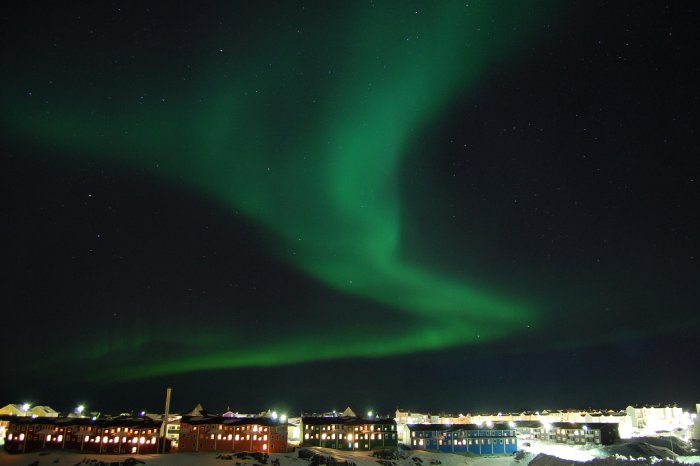
Greenland is a large island between the Arctic and North Atlantic Oceans, just east of Canada. It is sparsely populated, with just over 57,000 residents. With its breathtaking landscapes and remote, tranquil beauty, Greenland is a top destination for adventurous travelers. Whether you’re exploring its glaciers on a Greenland cruise or venturing into its vast wilderness on a Greenland tour, it’s crucial to be prepared for any health or medical challenges that might arise.
Geographically, it is part of North America, but historically and politically, it has been tied to Scandinavia. It technically remains a part of Denmark, and though it has been autonomous since 1979, Danish government organizations still exist in Greenland, with Denmark managing all of Greenland’s foreign and security affairs.
While Greenland is a relatively safe destination, medical facilities are limited outside the capital of Nuuk, and the extreme environment can present serious risks, such as hypothermia, if you’re not adequately prepared.
Greenland’s Health Risks and Travel Safety
Greenland offers an unmatched travel experience but poses certain risks, primarily due to its extreme weather and vast geography. Its health risk rating is categorized as moderate, which means there are potential concerns, though generally manageable with the proper preparation. The most common risks include hypothermia, injuries from falls on icy surfaces, and limited access to emergency medical care outside major cities. With only around 57,000 residents spread across the island, Greenland’s sparse infrastructure can challenge healthcare access.
Greenland’s overall security risk is low, and violent crime is virtually nonexistent. However, you should know how its remoteness affects your access to medical assistance and resources. Search and rescue services are limited in many rural areas, so it is essential to travel with a guide when venturing outside major towns and to prepare for harsh weather conditions.
While it’s tempting to explore all that Greenland has to offer, especially on a cruise or tour, always factor in safety when making travel plans.
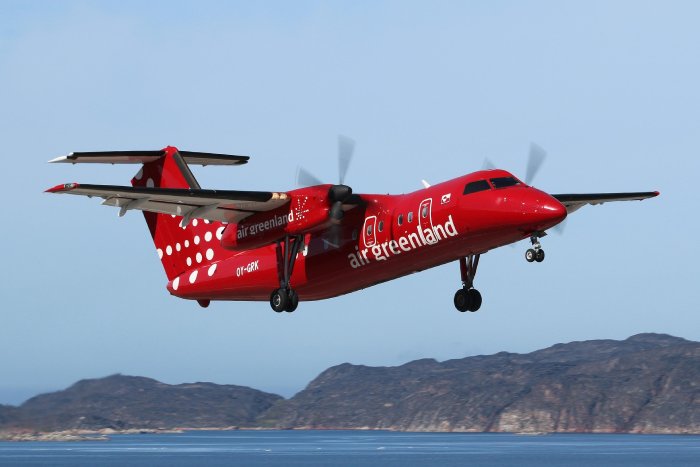
What To Do If You Get Sick in Greenland
Should you fall ill or sustain an injury while traveling, it’s important to understand your options. While medical facilities in Greenland are adequate in the capital, Nuuk, the care outside urban areas can be limited. If you’re experiencing anything serious, the chances of getting immediate treatment in remote areas are low.
- Contact Your Tour Guide: If you’re on a Greenland tour, your guide will be your best resource for help. They are typically familiar with the region’s medical infrastructure and will know how to contact local medical authorities or direct you to the nearest healthcare facility.
- Emergency Services: In case of severe illness or injury, dial Greenland’s emergency services. The number for emergencies is 112, connecting you to police, fire, or medical rescue.
- Evacuation for Serious Illness: If your condition requires specialized care, you may need to be evacuated to another country. Serious injuries often require airlifting to hospitals in Denmark or Iceland, where higher levels of care are available.
- Use Travel Protection Memberships: A travel protection membership, such as Global Rescue, can ensure you have access to evacuation services in an emergency. Global Rescue’s services include 24/7 medical assistance and evacuation to the best medical centers, even if you’re in the most remote areas of Greenland.
- Consult Local Health Providers: If you are experiencing mild symptoms or need basic care, visit the nearest health facility. The health centers in Nuuk and other towns like Ammassalik or Qaanaaq can provide general treatment for minor illnesses or injuries.
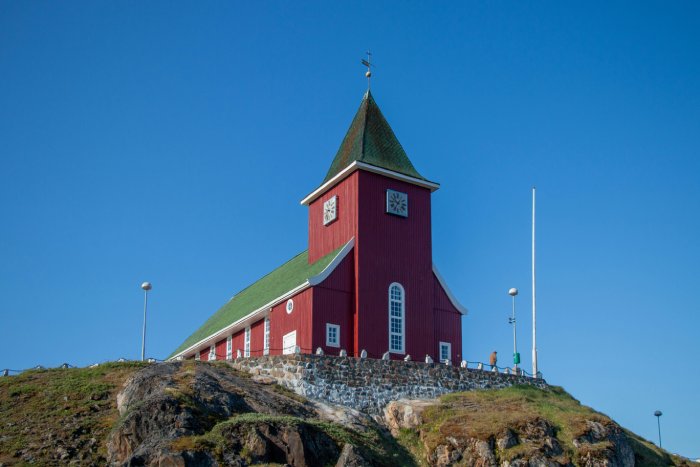
How To Protect Yourself from Illnesses in Greenland
Greenland’s unique environment presents specific health risks related to food and water safety. It’s essential to stay aware of these potential risks to ensure a healthy trip.
Water Safety: While most water sources in Greenland are potable, it’s always safer to drink bottled water. Local strains of bacteria can cause gastroenteritis, so avoid unfiltered water, particularly in rural or isolated areas.
Food Safety: Avoid consuming raw or undercooked foods, such as bush meat, fish, or shellfish. Avoid unpasteurized dairy products, and be careful with fruit and vegetables that may have been washed with contaminated water. Always make sure that your food is properly refrigerated or cooked before eating.
Hypothermia Prevention: Greenland’s cold climate can pose serious health risks, especially if caught outside in freezing conditions. Layer your clothing, avoid getting wet, and always carry extra warm layers, especially when traveling on a Greenland cruise or long hikes in the wilderness. Hypothermia can set in quickly, so don’t underestimate the power of Greenland’s cold, even in the summer.
Accessing Healthcare: Limitations and Considerations
Although adequate in major towns like Nuuk, Greenland’s medical services are limited elsewhere. The vast size of the island, coupled with the extreme weather conditions, creates unique challenges for healthcare access. It’s essential to understand the medical infrastructure in Greenland before you go:
- Limited Medical Facilities Outside Nuuk: Most medical services are confined to Nuuk and a few other larger settlements. If you’re in a remote area, your best option may be to have the condition assessed and stabilized before evacuation.
- Evacuation for Serious Cases: If you are in a remote area, your injury or illness may require air evacuation to a better-equipped facility in Denmark, Iceland, or another neighboring country.
- Traveler Protection and Travel Insurance: Ensure you have adequate medical travel insurance, including traveler protection for evacuation and medical repatriation. Global Rescue, for example, provides services that will quickly get you to a hospital without the hassle of dealing with standard insurance claims.
How To Stay Safe on Your Greenland Adventure
Greenland is a paradise for adventurers but requires travelers to stay alert and prepared. Here are some safety tips to help keep your travels smooth and enjoyable:
- Dress Warmly: The Arctic and subarctic climates mean that temperatures rarely rise above 10°C (50°F), even in the summer. Always wear layers, including waterproof and insulated clothing.
- Use Experienced Guides: Whether hiking through Greenland’s national parks, crossing glaciers, or taking a boat trip, always travel with an experienced guide. They will help you avoid dangerous conditions and ensure your journey is safe and enjoyable.
- Stay Informed: Be aware of weather conditions, which can change quickly and dramatically in Greenland. Check weather forecasts regularly and adjust your travel plans if necessary.
- Stay Close to Urban Centers: If you’re not in an organized tour group or on a Greenland cruise, stay near urban centers like Nuuk or Ammassalik, where healthcare resources are more readily available.
Greenland offers incredible experiences as vast as the island itself. But with its remote location and extreme conditions, it’s vital to take appropriate precautions to stay safe and healthy. Planning ahead can make all the difference, from securing the proper clothing to ensuring your travel insurance covers medical evacuation.
By keeping informed about the risks and understanding the available healthcare options, you can enjoy your Greenland travel, whether you’re seeking adventure on a Greenland cruise or participating in exciting Greenland tours, with peace of mind.
The Global Rescue Connection
Traveling to Greenland can be an extraordinary experience filled with stunning landscapes and rich culture. With proper planning and awareness, you can ensure that your travels in Greenland remain enjoyable and safe, allowing you to focus on this remarkable territory’s breathtaking beauty. Be sure to visit Greenland cities like Nuuk (Godthab), Ammassalik, Oeqertarsuaq, Nuugatsiaq, Ittoqqortoormiit and Qaanaaq (Thule), but remain below the 80th Parallel North to ensure eligibility for Global Rescue member benefits.
Suppose you are ill or injured while traveling. In that case, a Global Rescue travel protection membership evacuates members from the point of illness or injury to the nearest appropriate hospital, clinic or medical provider. Perhaps the hospital doesn’t provide the care you need. Global Rescue will transport members to a vetted medical center or their home hospital of choice.
Sometimes, you have a question about a symptom. Available 24/7/365, a travel protection membership team can direct you to the best local medical resources worldwide, so you are not left guessing how to address your health concerns best.
Standard travel insurance often falls short during emergencies. Membership services like Global Rescue bridge the gap by offering comprehensive medical evacuation and field rescue options. Unlike traditional insurance, there are no claim forms, deductibles, or delays — just immediate, effective assistance when you need it most.

